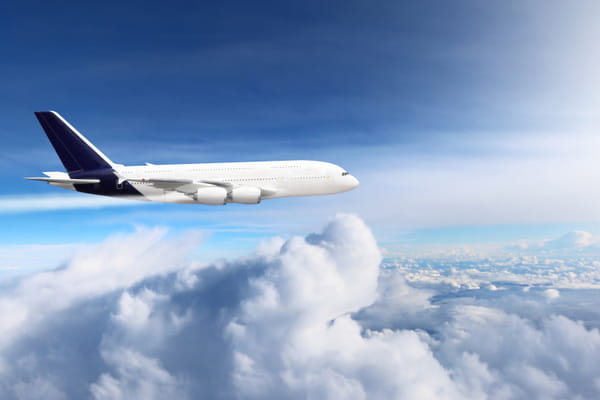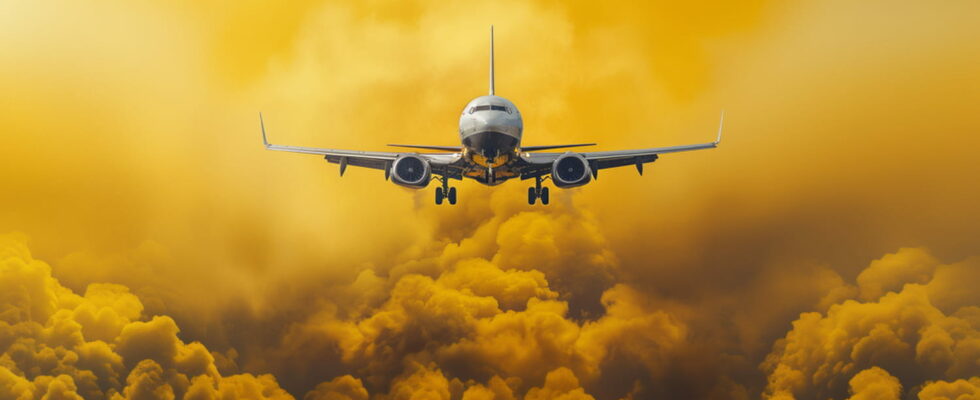Turbulence is often feared during an airplane flight. However, it is not expected to diminish in the future, quite the contrary…
When flying, many people are afraid of experiencing turbulence. When it begins, the crew calls passengers to their seats and buckle up. While most of the time, it remains mild, it can sometimes be a violent and traumatic episode, which can lead to delays, confusion and sometimes injuries. It is also often difficult to avoid or predict them all in advance, despite metrological knowledge.
These turbulences can be due to different factors. Those called “wake” are caused by the passage after another plane. There is also “clear air” turbulence, they are invisible, neither clouds nor storms, and due to the rise of warm air in colder air.
According to a study published in Geophysical Research Lettersthe number of turbulences recorded in the atmosphere has only increased between 1979 and 2020. More specifically, severe turbulences over the North Atlantic, one of the most overflown areas in the world, have increased by 55% and moderate turbulences by 37%. Today, on average, during a Paris-New York flight, approximately 8 hours, there is an average of ten minutes of turbulence. Projections for 2050 predict 20 to 30 minutes instead.

This trend is also visible in the eastern Pacific, in the southern Atlantic, but to a lesser extent. According to Paul D. Williams, professor of atmospheric sciences at the University of Reading, “over the past 40 years, turbulence during flights has increased in intensity, frequency and duration in various regions of the world, including in European skies.”
Global warming is one of the factors in these increases. Turbulence occurs when two air currents of different speeds, heat and direction meet, which is called wind shear, and the warmer the air, the more it increases. This study should alert airlines, even though planes are already very well equipped to deal with such dangers.
